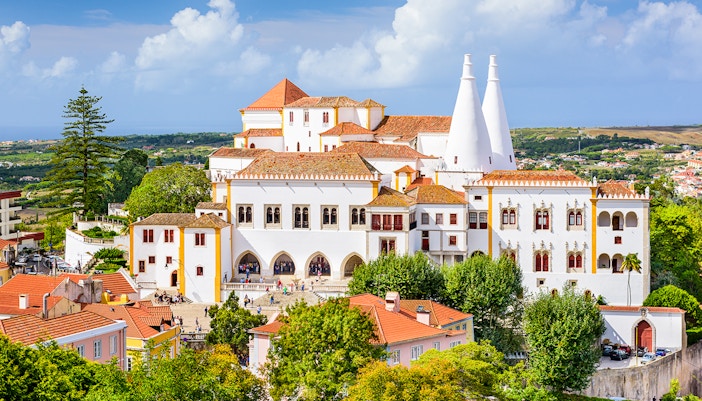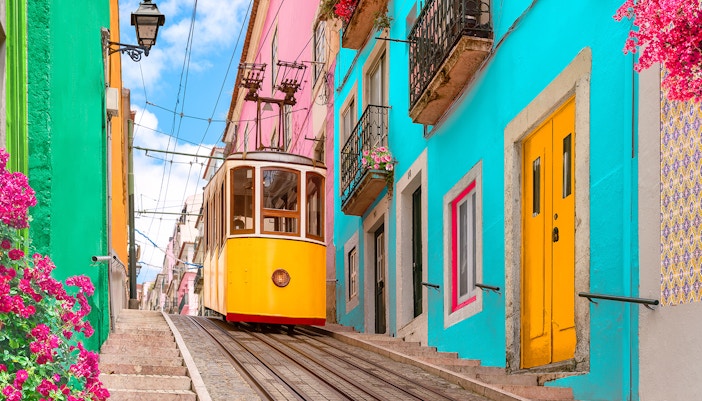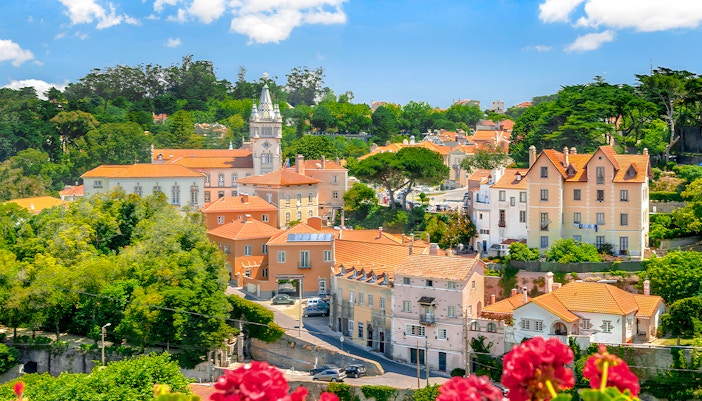Long before Sintra became a retreat for kings and poets, it was a sacred highland for ancient tribes. Dolmens and burial mounds tucked into the hills show that humans lived here as far back as the Neolithic period. Then came the Romans, who saw something divine in these misty forests. They built temples, one possibly dedicated to the Sun right where today’s Quinta da Regaleira stands.
Sintra history
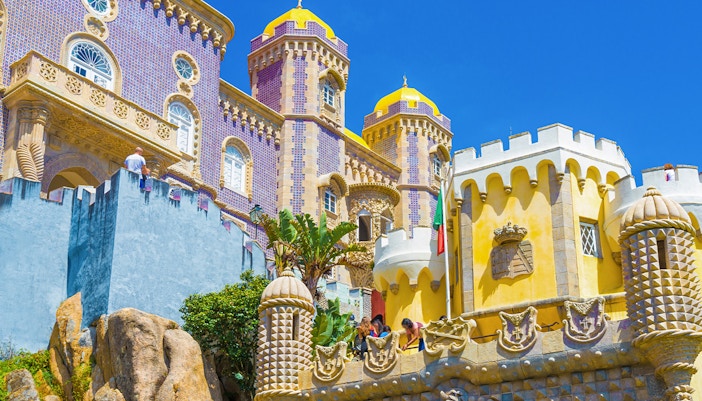
Before the Palaces: Prehistoric to Roman era
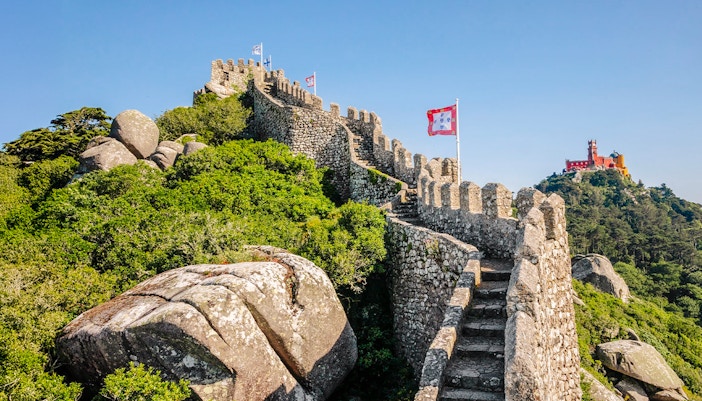
Moorish Sintra: 8th to 12th century
When the Moors took over the Iberian Peninsula, they fortified Sintra and built what we now call the Castle of the Moors. It was not only for defense but also gave them control of trade routes and a perfect vantage over the coastline. You’ll still see the architecture they left behind in the curved walls, water cisterns, and earth-toned stonework. This was Sintra’s first golden chapter of layered cultural expression.
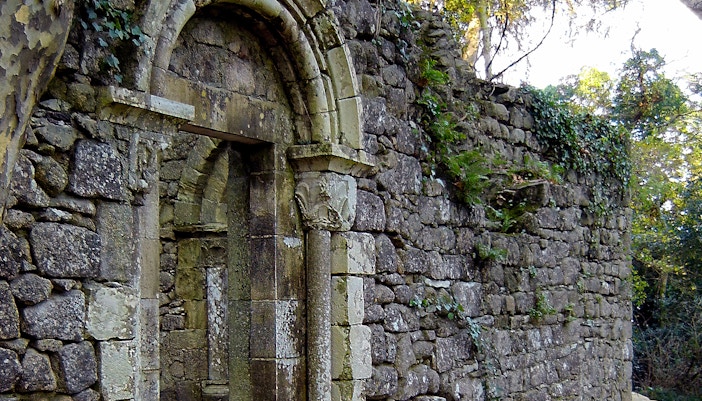
Christian reconquest & royal foundation: 12th to 14th Century
In 1147, Sintra was seized by Afonso Henriques during the Christian Reconquest. Soon after, it began to shift from a Moorish enclave to a Christian royal retreat. By the late 13th century, King Dinis had transformed the earlier Moorish structures into a palace fit for a crown. Queen Saint Elizabeth, known for her charity and influence, turned the area into more than just a retreat. It became a symbol of the Portuguese monarchy's cultural refinement. The Sintra National Palace still carries that legacy, especially in its early Gothic design and layout.
